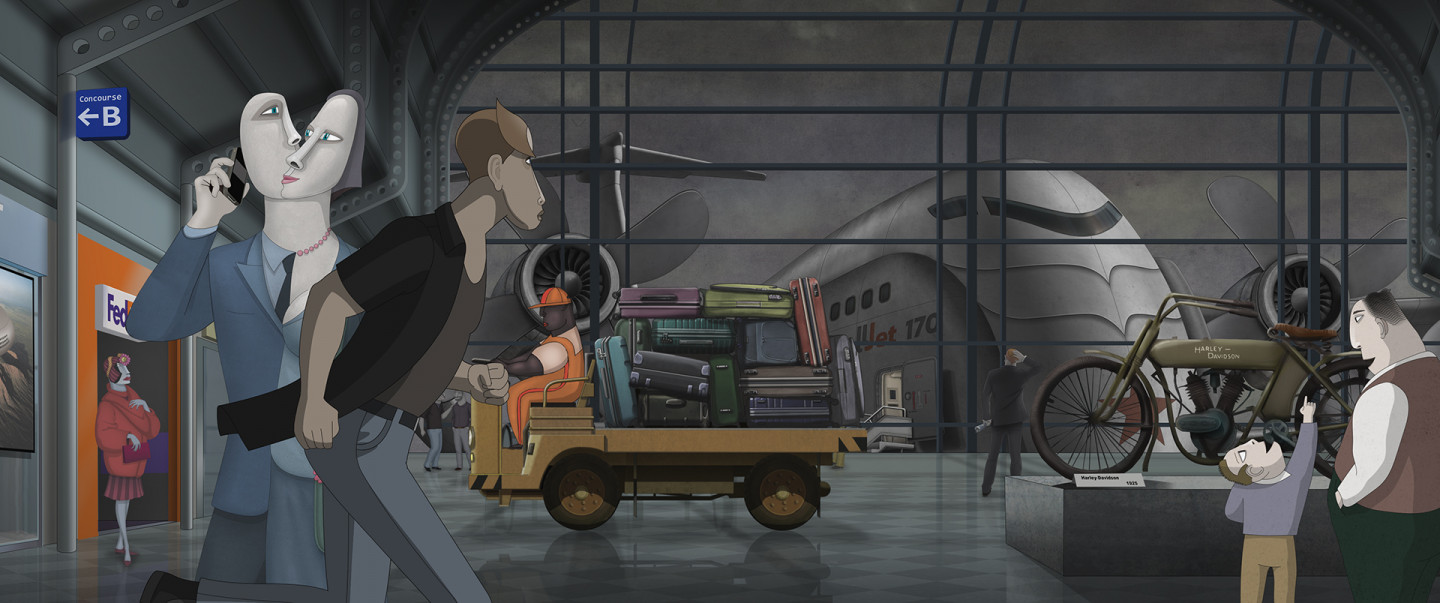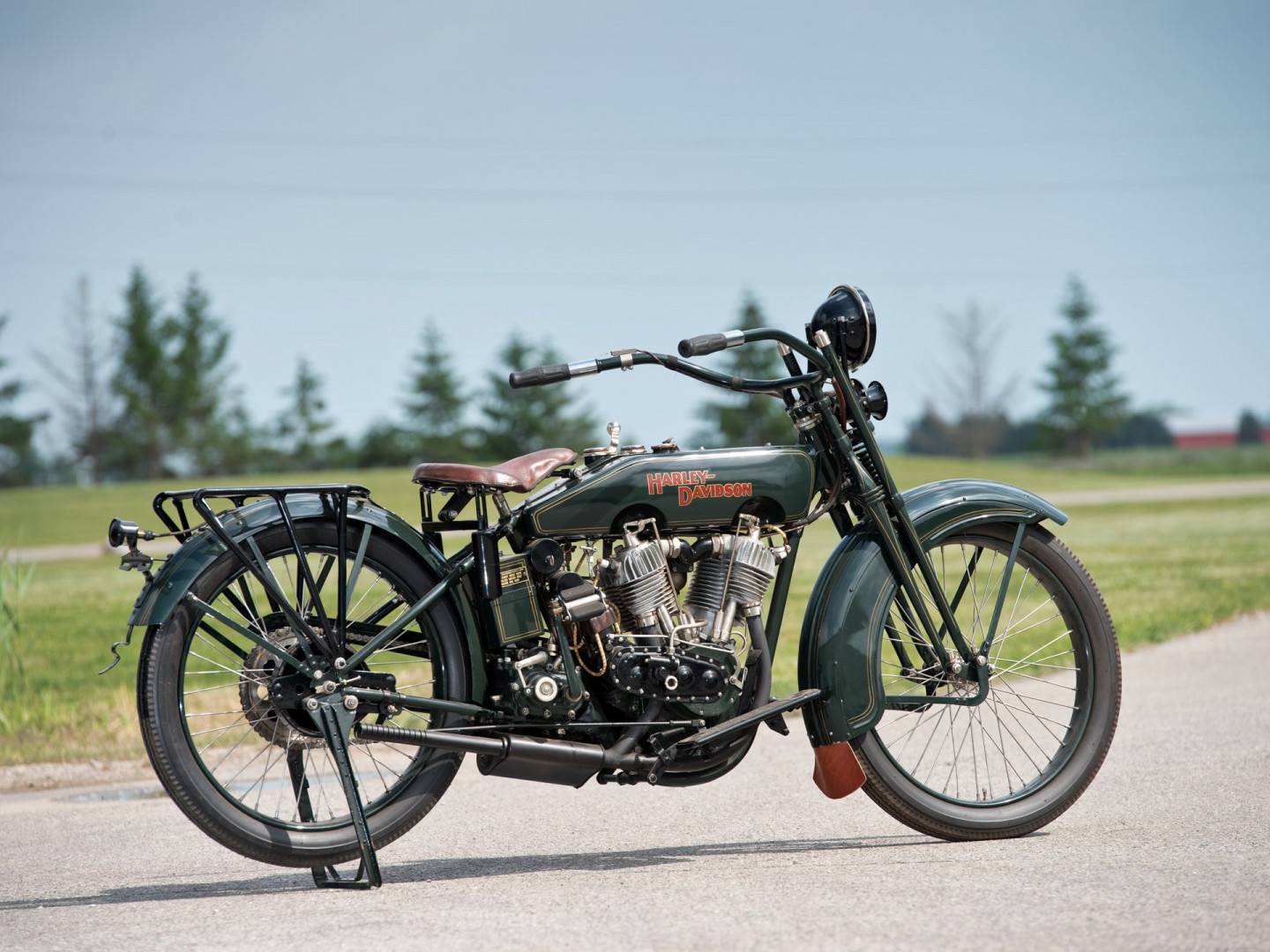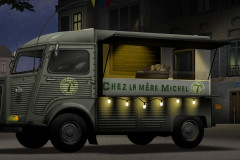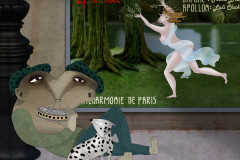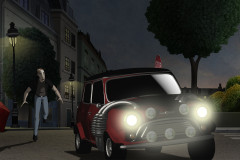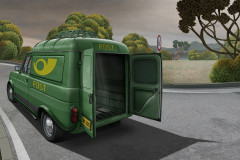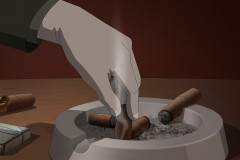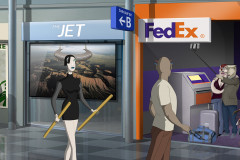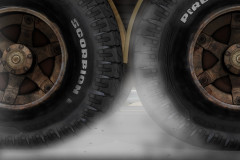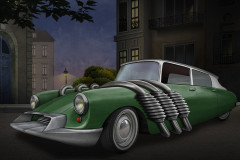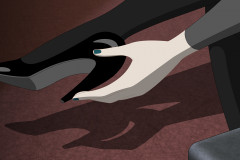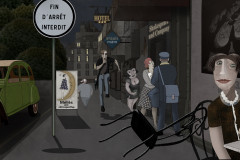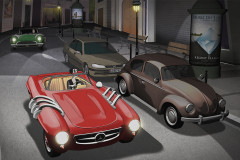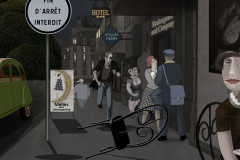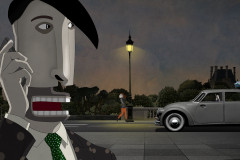A Harley-Davidson, az valójában Harley és Davidson. Két bütykölgető ember, akiket úgy elkápráztatott egy motorozó színésznő, hogy úgy döntöttek: nekik is kell olyan. Mármint nem színésznő, hanem motor. Ez több mint száz évvel ezelőtt történt, de a cégük annyira jó motorbicikliket épített, és olyan ügyesen feltuningolta a marketinget is, hogy ma már nyugdíjas könyvelők is Harley-Davidsonon élvezik a szelíd motorosok vad életét.
William S. „Bill“ Harley és Arthur Davidson egészen pontosan 1901-ben pillantotta meg Anna Heldgenannt, a korszak egyik szórakoztatóipari díváját. A hölgy szerette a látványos, feltűnést keltő jeleneteket. Ezúttal egy De-Dion-Bouton típusú, háromkerekű motorral döcögött át a városon, ahol a két férfi is dolgozott. A De-Dion-Bouton volt a századforduló legnépszerűbb motorja, egyáltalán: ez hozta el az első áttörést a motorral hajtott járművek elterjedésében.
William Harley már ugyanabban az évben felskiccelte az első 116-cm³-es motorbiciklijét. Nem volt számára idegen a téma. Ő is, Arthur is egy elektromos motorokat gyártó cégnél dolgoztak, egyikük műszaki rajzolóként, másikuk modellezőként. 1903-ban aztán belevágtak: kialakították a műhelyüket a ház mögötti fáskamrában. Az első modelljük alig volt több, mint egy szürkére lakkozott bicikli, motoros segédhajtással. De segítségükre volt, hogy Davidson testvérei is beszálltak a bizniszbe, ahogy az is, hogy kaptak néhány műszaki rajzot valakitől, aki mit tesz Isten, korábban pont a De-Dion-Boutonnál dolgozott Franciaországban.
Harley és Davidson 1907-ben megalapított cége ma egyike a legrégebbi motorgyártóknak. Első sikerük akkor jött el, amikor versenyen bizonyították a motor alacsony fogyasztását, és ezt persze intenzíven reklámozták is utána. Megindultak a megrendelések, többek között a rendőrségtől, és a Harley-Davidson a takarékos, megbízható és csöndes modelljeiről lett híres – azaz pont az ellenkezőjéről, mint amiért ma szeretik. 1909-ben építették meg az első V2-es motort, ami ma a Harley-Davidson lényegéhez tartozik, és ahogy teltek az évtizedek, folyamatosan zajlott a fejlesztés. Onnantól kezdve, hogy megjelent a rugózott első villa vagy a tárcsafék, egészen a sport- és kismotorokig. A 60-as években mégis csődközelbe értek, ahogy erősödött többek között a japán konkurencia. Tulajdonképpen egy film mentette meg őket, és tette a Harley-Davidsont egy életforma szimbólumává. Pedig amikor Jack Nicholson bekopogott hozzájuk, hogy kis támogatást kérjen a Szelíd motorosok (Easy Rider) filmhez, a cégvezetők tiltakoztak: nem akarták rosszfiús asszociációkkal rombolni a motorbiciklik jóhírét. Az biztos, hogy a kísérletező stílusban megrendezett, 1969-es film elég keserű képet festett a 60-as évek Amerikájáról. „Egy ember elindult, hogy megkeresse Amerikát, de már nem találta.” De a rockzenével átitatott road movie főszereplői mégis a szabadságot és kalandot keresték a Harley-Davidsonokon ülve, és a film óta nemcsak rockereknek és lázadóknak, de sok-sok hétköznapi embernek is az az álma, hogy elinduljon és egy chopperen átszelje az országot.
Harley-Davidson
Harley-Davidson really is Harley and Davidson—two tinkerers who were so dazzled by a motorcycling stage actress that they decided they had to have one too. Not the actress—a motorcycle. That was more than a hundred years ago, but the company they founded ended up building such good bikes and ramped up their marketing so well that today even retired accountants live out their wild rider dreams on a Harley-Davidson.
William S. “Bill” Harley and Arthur Davidson first spotted Anna Held, one of the entertainment divas of the era, in 1901. She had a flair for dramatic entrances, and this time she rode through town on a De Dion-Bouton tricycle—the most popular motor vehicle at the turn of the century and a breakthrough for engine-powered transport.
That same year, William Harley sketched his first motorbike with a 116 cc engine. The topic wasn’t foreign to him—both he and Arthur worked for a company that produced electric motors, one as a draftsman, the other as a model maker. In 1903, they set up shop in the shed behind the house. Their first model was barely more than a bicycle with a motor attachment, painted grey. But they had help: Davidson’s brothers joined the project, and they even got hold of technical drawings from someone who, as luck would have it, had worked at De Dion-Bouton in France.
The company they officially founded in 1907 is now one of the oldest motorcycle manufacturers still in operation. Their first big break came when they demonstrated the bike’s low fuel consumption in a race—and advertised that fact extensively. Orders started pouring in, including from police departments. At the time, Harley-Davidson was known for its economical, reliable, and quiet bikes—basically the opposite of why people love them today. In 1909, they built their first V-twin engine, which would go on to define the brand’s identity. Over the decades, they continued to innovate, introducing features like front suspension and disc brakes, and expanding into sport and small-engine bikes.
By the 1960s, though, Harley-Davidson was nearing bankruptcy due to rising competition—particularly from Japanese brands. Ironically, it was a film that saved them and turned Harley into a symbol of lifestyle. When Jack Nicholson approached the company for support for Easy Rider (1969), the leadership hesitated—they didn’t want to tarnish the brand with associations to outlaw culture. But the film, despite its bleak portrayal of 1960s America (“A man went looking for America… and couldn’t find it”), became a defining cultural moment. Its rock soundtrack and road-trip spirit immortalized the Harley-Davidson as a symbol of freedom and rebellion.
Since then, riding a Harley hasn’t just been for rockers or rebels—it’s become a dream for many ordinary people too: to hit the open road on a chopper and chase a taste of freedom.






